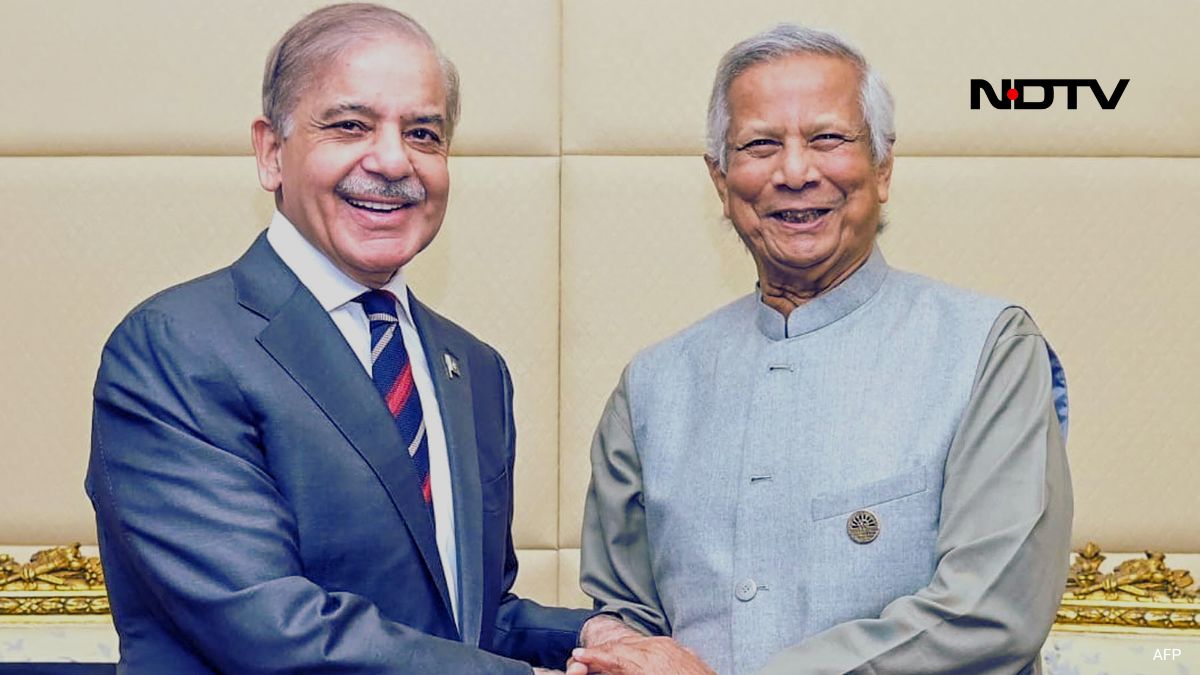The geopolitical landscape of South Asia is currently abuzz with discussions on the renewed warmth in Pakistan–Bangladesh relations. In India—and consequently, much of the world—the perception of this relationship is deeply shaped by historical events, particularly those of March 1971, when the Pakistan Army launched genocidal attacks on intellectuals at Dhaka University and others who championed the cause of Bangladeshi independence. The images of December 1971, culminating in Pakistan’s surrender and the triumphant return of Sheikh Mujibur Rahman to Dhaka in January 1972, further reinforce this perspective.
Old Assumptions Die Hard
Given these historical narratives, a long-standing assumption has taken root in the Indian psyche that after Pakistan’s division into two nations and its decisive military defeat—marked by the surrender of 93,000 prisoners of war—it no longer posed a significant military threat to India. Another widely held belief is that Bangladesh, owing its birth as a nation to India’s intervention and sacrifices in the 1971 Indo-Pak War, would remain perpetually grateful and maintain strong ties with India. While Indo-Bangladesh relations have remained largely positive over the decades, certain factors—such as the assassination of Sheikh Mujib in 1975, the sheltering of separatist leaders from India’s Northeast in Dhaka, and the persistent issue of illegal migration—have occasionally strained perceptions. Nevertheless, the idea of Bangladesh realigning with Pakistan after 54 years remains inconceivable to many.
Over these five decades, India has played a pivotal role in Bangladesh’s economic growth through trade, investment, infrastructure projects, energy cooperation, technical training, financial aid, and policy support. These contributions have significantly enhanced Bangladesh’s economic capabilities and global standing. However, does a regime change in Dhaka now position India as an adversary in the eyes of Bangladesh’s leadership? The brutal history of the Pakistan Army’s actions in 1971—rape, torture, and genocide—seems to have faded from collective memory. The recent high-profile visits between Pakistan and Bangladesh appear to challenge the longstanding Indo-Bangladesh partnership.
The Goings-On In Chittagong
One of the most notable visits was that of a six-member high-level delegation from the Bangladesh Army to Rawalpindi, led by Lt Gen Kamrul Zaman, Principal Staff Officer of the Bangladesh Armed Forces Division—effectively the second-in-command after the Chief. Shortly thereafter, Pakistan’s ISI Director General of Analysis, Maj Gen Shahid Amir Afsar, along with other senior officials, visited Dhaka. Unconfirmed reports suggest that this delegation travelled to Rangpur, a cantonment near the Siliguri Corridor—an area often perceived as India’s Achilles’ heel, though perhaps not as vulnerable as it is made out to be. The delegation also visited Chittagong and held meetings with tribal leaders.
A fundamental truth in international relations is that a change in regime does not automatically render the people of one nation hostile to another. However, the new Bangladesh government—questionably constituted as it is—seems intent on shifting the subcontinental balance. The hastily arranged exchanges between Bangladesh and Pakistan, particularly the visits to Rangpur and beyond, signal a potential realignment that India cannot afford to ignore.
Chittagong presents an obvious signal to any observer that the military establishment is attempting to highlight India’s perceived vulnerabilities—suggesting that these vulnerabilities are jointly in the crosshairs of Pakistan and Bangladesh. However, no serious military strategist would interpret this as a direct threat; a mere high-level visit does not constitute one. Instead, what the Pakistan-Bangladesh duo is attempting is to send a message—perhaps several.
Messages To India
First, they aim to indicate that peace and stability along the Bangladesh border cannot be taken for granted while India is focused on securing its western front. Second, they seek to demonstrate that both nations and their militaries are willing to set aside their turbulent past and cooperate against perceived common threats.
Until now, one reassuring factor in Bangladesh has been that the Bangladesh Army remained only partially influenced by political turmoil and street-level unrest. That it has now been increasingly swayed by the growing anti-India sentiment in Bangladesh is not entirely surprising. Notably, Sheikh Hasina’s safe evacuation to India occurred with the Army’s support. So far, there had been little evidence of a shift in its outlook, though some signs may have existed.
Let The Pragmatists Speak
Personally, I have always held a positive view of the Bangladesh Army. Its senior leadership had the intellectual bandwidth to engage with me for an hour on my perspectives regarding political Islam and the need for a balanced approach. In professional interactions—particularly within UN peacekeeping operations—Bangladesh Army officers have consistently demonstrated a mature and pragmatic approach to faith. In fact, it has been the Bangladesh Army that has served as a buffer, preventing Bangladesh from succumbing entirely to Islamist radicalisation.
It would do well to learn from the experience of the Pakistan Army, which is now grappling with the consequences of fostering radicalism and terrorism—finding it impossible to dismount the proverbial tiger. Fortunately, there are still enough pragmatists in Dhaka, both in and out of uniform, who understand the risks of aligning too closely with Pakistan.
Trumpian Concerns
Meanwhile, Trump 2.0 is unlikely to be amused by the reckless policies of the Biden administration that facilitated Mohammad Yunus’s rise to power—along with a government that shows little regard for its minority communities. Given that the economy is faltering and manufacturing is at its lowest in years, Trump has the leverage to reverse the situation with strategic aid manipulation.
Also, with External Affairs Minister Jaishankar already engaged with the new U.S. administration and Prime Minister Modi expected to meet President Trump in February 2025, a favourable outcome seems likely. Trump has little tolerance for those seeking to create instability where none exists.
India, on its part, remains unfazed by recent developments, maintaining its strategy of quiet diplomacy over rhetoric—an approach that continues to be its best bet.
(The writer is a Member of the National Disaster Management Authority, Chancellor of the Central University of Kashmir, and Former GOC of the Srinagar-based 15 Corps.)
Disclaimer: These are the personal opinions of the author
